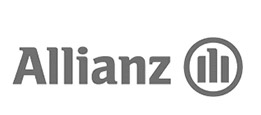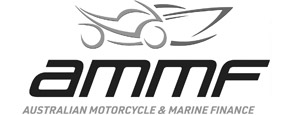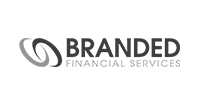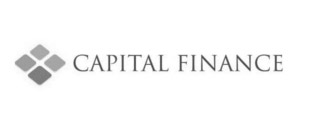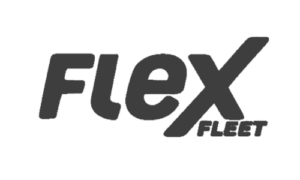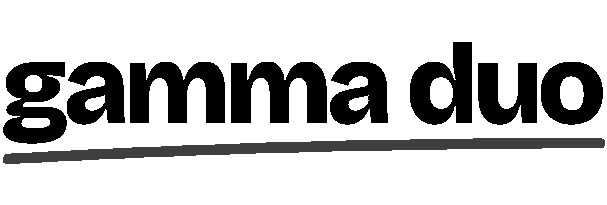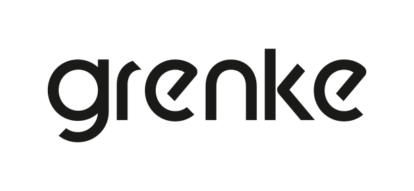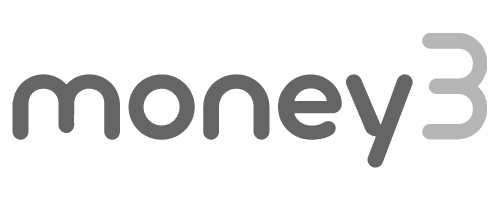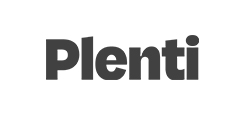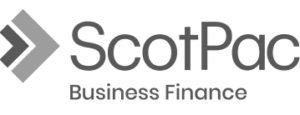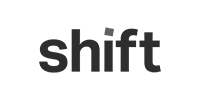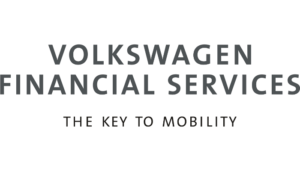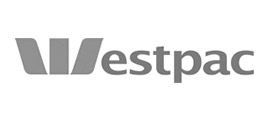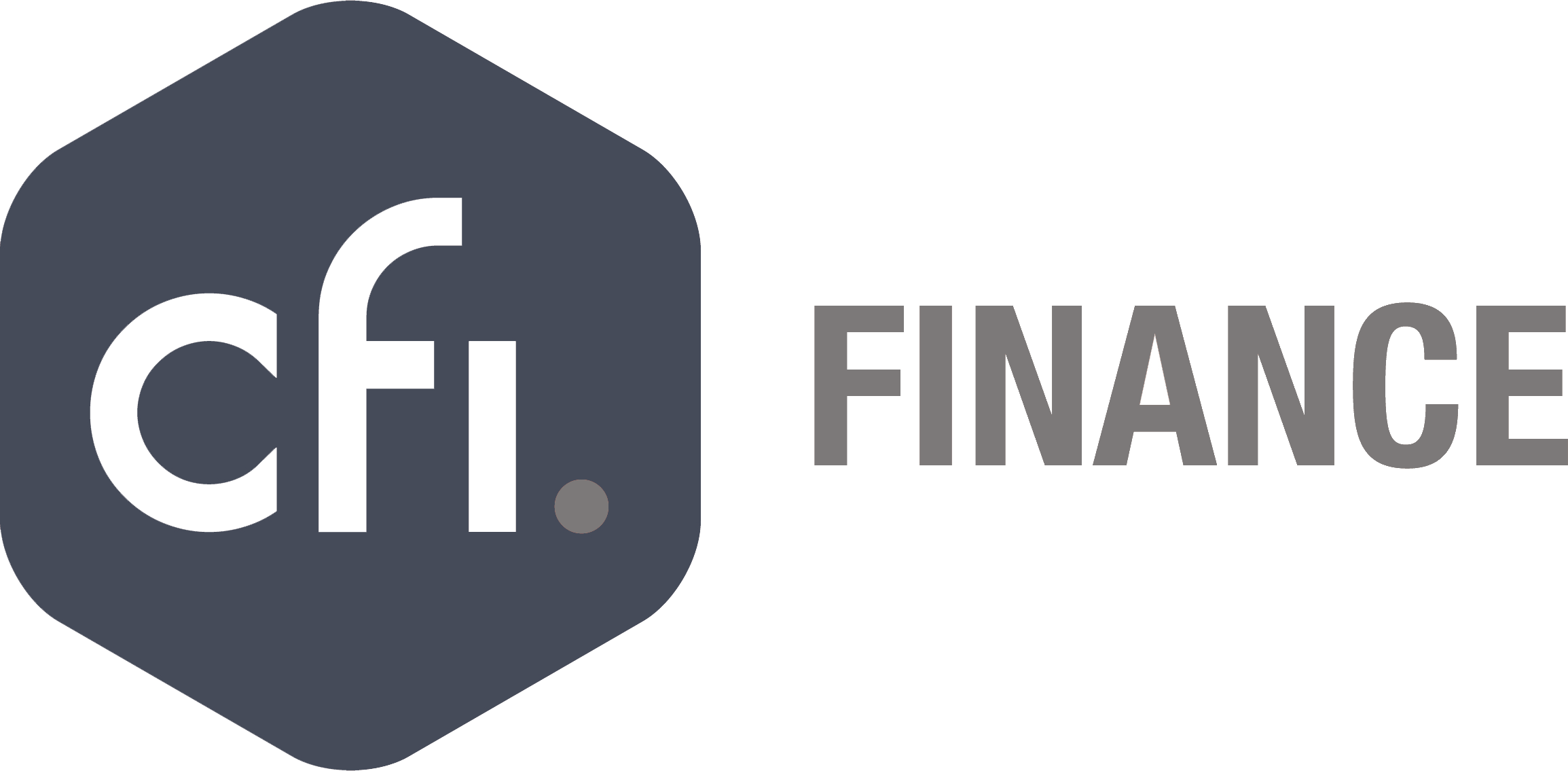The economic conditions in Australia are rapidly evolving, with inflation increasing by its biggest margin since the introduction of GST. Salaries, wages, and the costs of goods are increasing – it’s a challenging environment for even established small businesses. In fact, more than half (57%) of Australian businesses experienced an increase in the costs of doing business in the first quarter of this year.
A survey by software company Xero and professional services firm Accenture recently found that nine in 10 small businesses in Australia had at least one month of negative cash flow last year. It also showed that 20% of small businesses spend more than they earn for at least six months of each year.
With this in mind, it’s important to understand how your business can be impacted by disrupted cashflow and what options are available to mitigate potential financial stress.
Key areas impacting the cost of business
Bumpy cashflow can impact your operations in several ways including:
- Additional stress about meeting your input costs
- Challenges with forecasting what you should charge for your services and products
- Inability to take advantage of bulk purchasing low-cost stock
- Lacking a buffer to meet rising costs due to inflation, including insurance premiums
- Increased difficulty with planning
Check this free template from business.gov.au to help understand your cash flow. With those figures in hand, you may find you’re eligible for financial options, depending on your unique business circumstances.
Financial solutions: IPF
With rising insurance premiums, businesses may reconsider their investment in particular aspects of their business insurance. Instead of being locked into paying an annual premium upfront, there’s another, more flexible option called insurance premium funding (IPF).
The Australian Finance Industry Association says just under a third of businesses policies have opted for IPF. This funding option allows businesses to pay monthly installments, usually over a 10-month period. If you have multiple policies, you can also bundle them together, reducing your large upfront costs into one smaller monthly payment to cover your business risks.
Debtor finance
Waiting for your customers and clients to pay your business can be frustrating, but there’s also value in unpaid invoices.
Did you know you may be able to borrow up to 80% of the value of your customers’ unpaid invoices to your business? Known as a cash flow finance loan, it does attract a variable interest rate, but helps unlock funds to run your business. Businesses don’t need property assets or working capital to secure the loan.
Inventory finance
Freeing up the cash you have tied up in business stock is possible through inventory finance. A broker can set this up, and it involves a financial institution paying for the stock up front, and the borrower making repayments when the stock is sold.
Some businesses opt for inventory finance so they can boost their range of stock, yet have less security at risk.
Asset finance
Meanwhile, your business could choose from a range of other financial options called asset finance. This type of finance is used to acquire assets or equipment needed for businesses to grow. Generally, this option allows a business to make use of an asset for a period of time in exchange for a regular payment.
This solution is applicable to a wide range of assets including heavy machinery used in construction and agriculture, vans and vehicle fleets, or smaller items like coffee machines or commercial ovens.
Some of the most common types of asset finance include:
- Finance lease – wherein ownership of the asset is transferred to the borrower once the lease period has ended
- Rental agreement – the financial institution purchases the asset and rents it to the borrower for a fixed term, at the end of which the business can choose to return, replace, purchase or continue to rent the equipment
- Specific security agreement – formerly known as a chattel mortgage, this finance allows businesses to own the asset upon purchase and the financial institution secures the loan by registering a charge over the equipment
- Commercial hire purchase – the financial institution takes ownership of the equipment and hires it to the borrower with regular repayments
For more information, contact us to discuss customised finance solutions for your current business circumstances.
This article was originally published by oneaffiniti







